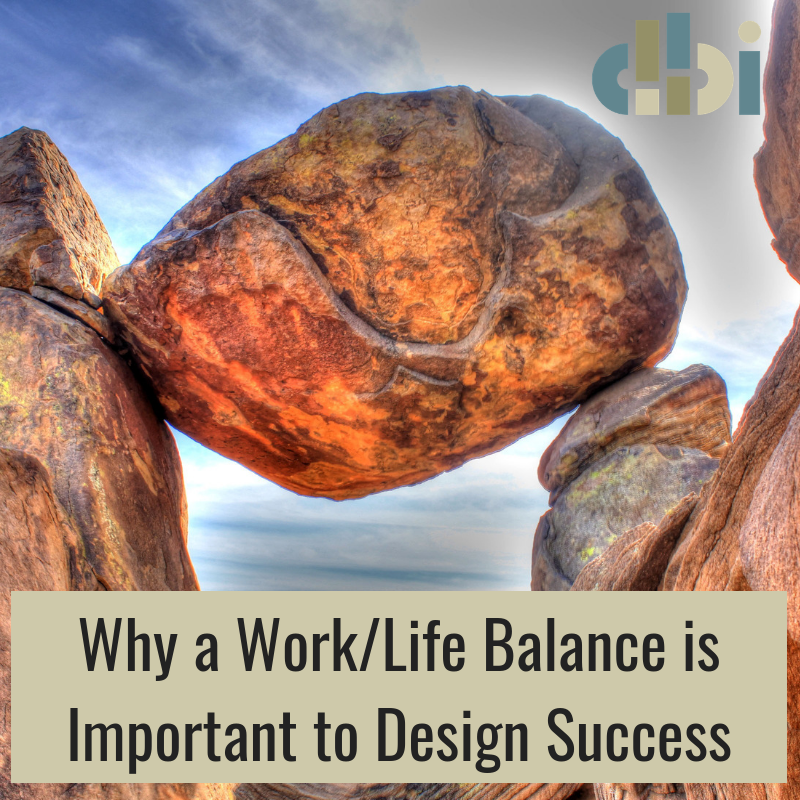
Work-life balance has become a hot topic in the employment and retention arena. More professionals are looking for a balance between their work and the rest of their lives. There are a variety of reasons for professionals to seek balance – whether it’s for caring for aging parents, having and caring for children, traveling, volunteering, adopting pets, engaging in hobbies, or focusing more on health and fitness – the desire is there for a richer and more rewarding life outside of work. In the architecture field, work-life balance is still important, even though it manifests itself differently than in most other fields.
Project-Driven
The architecture field is very project-driven. This often can allow for more flexibility. For the most part, architectural careers offer a good balance between work and life, naturally. However, when a major project is looming, or a deadline approaches, architects and designers have to put in extra hours to make sure everything is completed on time. Smaller firms, while still project-driven, tend to accommodate more flexibility than larger firms. More professionals are choosing to work at smaller firms or work for firms with a clearly defined work-life balance. For some, there may be a sacrifice in income, but they value the work-life flexibility they receive.
The Old Model No Longer Works
Many architecture firms are stuck in a rut right now. The old model does not work well because the modern worker has different expectations than the people who came before them. In the old model, new employees paid their dues and understood that the more you build, the more you design and create. Many younger professionals want the opposite. They want to have the chance the show their creativity right away and jump right into the design aspect of architecture.
Millennials in particular expect you to help them learn on the job and are very eager to try many different things in one job. You have to reconcile that with your firm’s structure. At the same time, you have to reconcile their desire for balance. They want a lot of responsibility, but they do not want to be overworked. You have to see these eager professionals as an investment and find a way to groom them into becoming consummate employees.
Boom and Bust
The ups and downs in the economy affect the architecture field more than most. Many people left the field during the recessions. Historically, every 7-10 years there is a dearth of talent. Younger people need to be working in architecture firms, but many companies lack the middle management needed to make this happen. Introducing better parental leave programs, allowing for more remote work opportunities, and introducing on-site daycare are just a few ways that firms can attract more younger workers to fill the gap.
Many architecture firms will need to change to accommodate the work-life flexibility that modern workers desire if they want to win the war for talent. The demand for this balance has never been higher. It might be difficult for some firms to come to terms with, especially since many professionals are also looking for more responsibility and a high level of creative freedom. But if you want to attract a variety of professionals and keep them, work-life balance is a must.
Are You Looking for Top Talent in Architecture, Interior Design or Technology?
Contact us to discuss how we can bring top leadership talent to your firm. David Brown International is s a global leader in executive recruiting and placement of top tier talent in Architecture, Design, and Technology. Our mission is to create a lasting legacy of success, growth, and profitability for our clients, candidates, and employees.